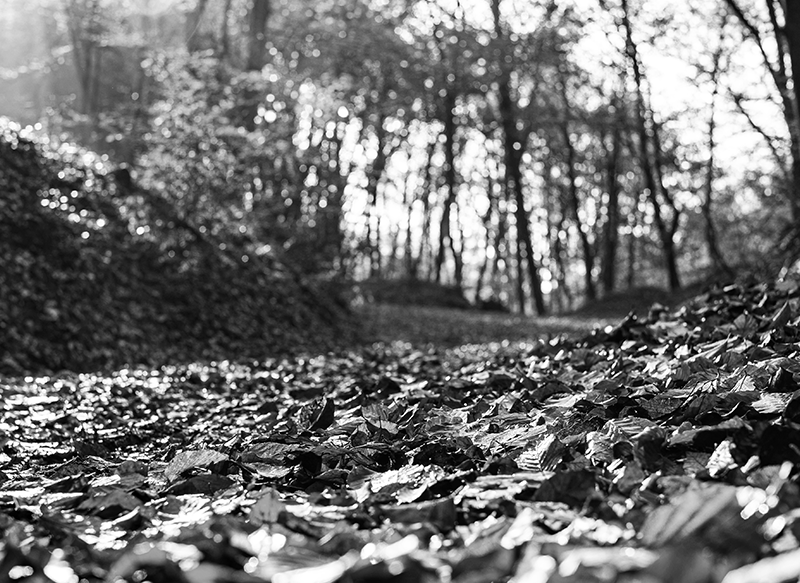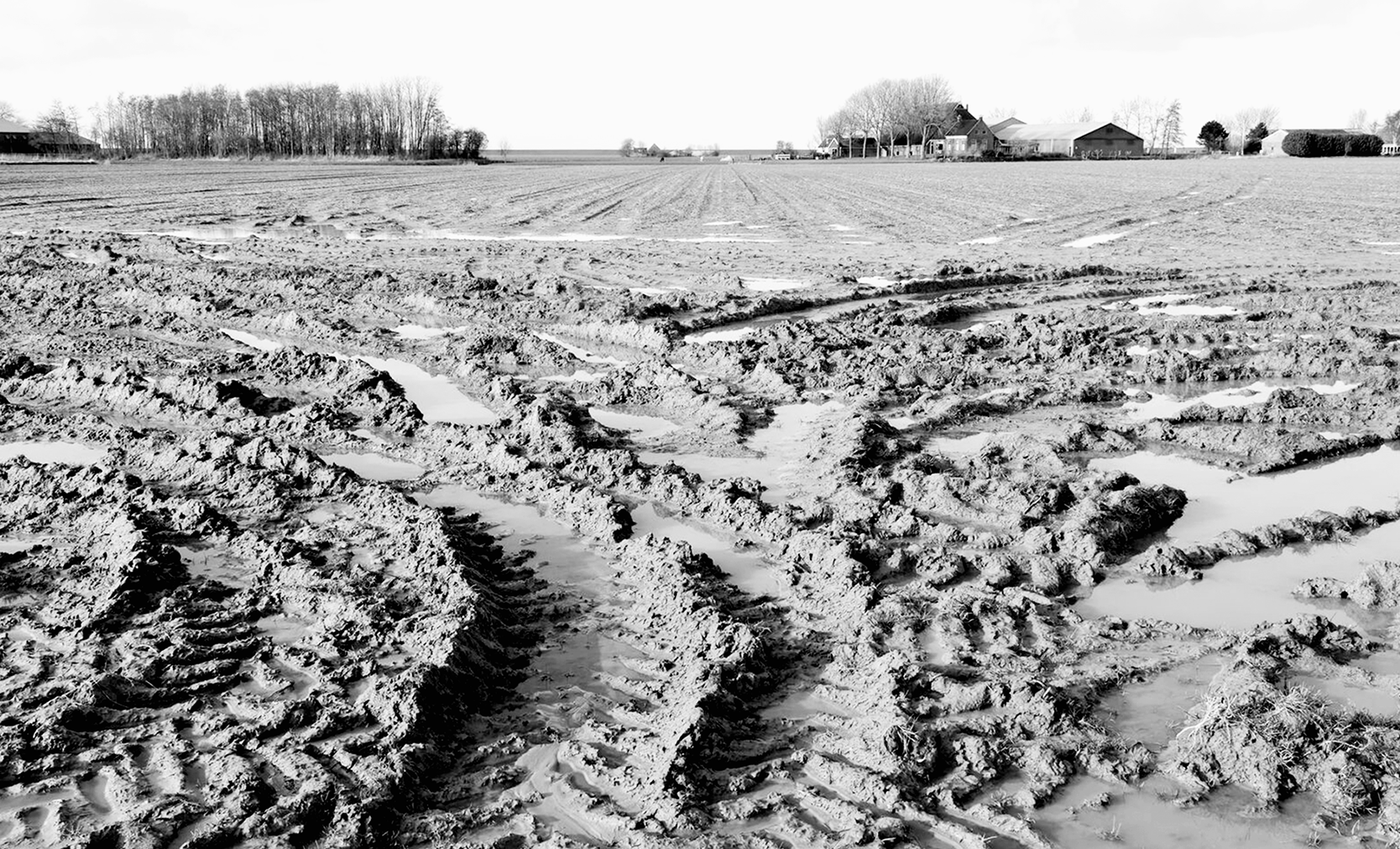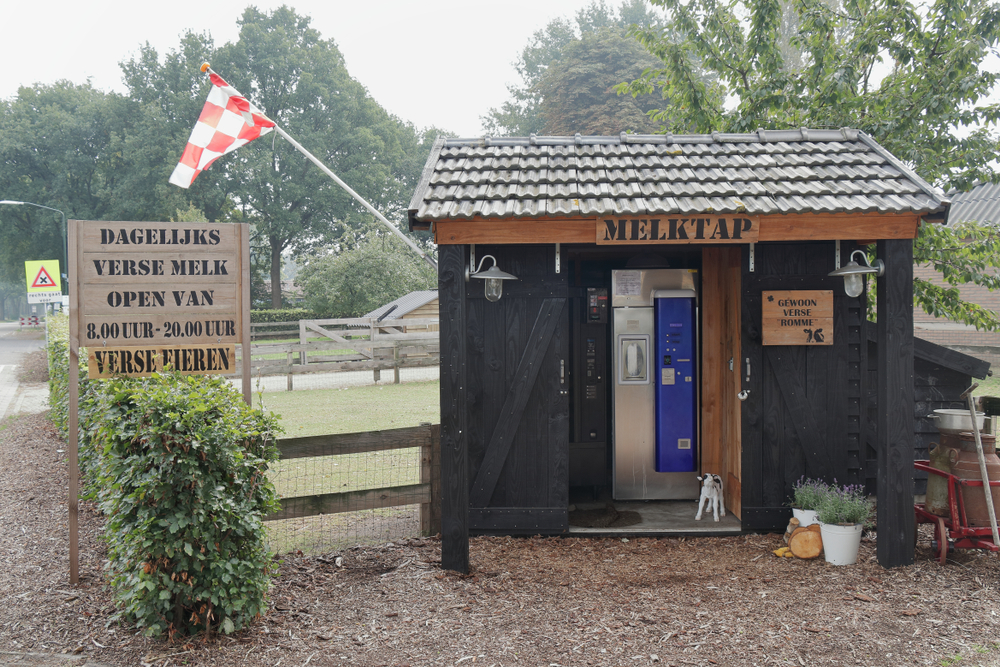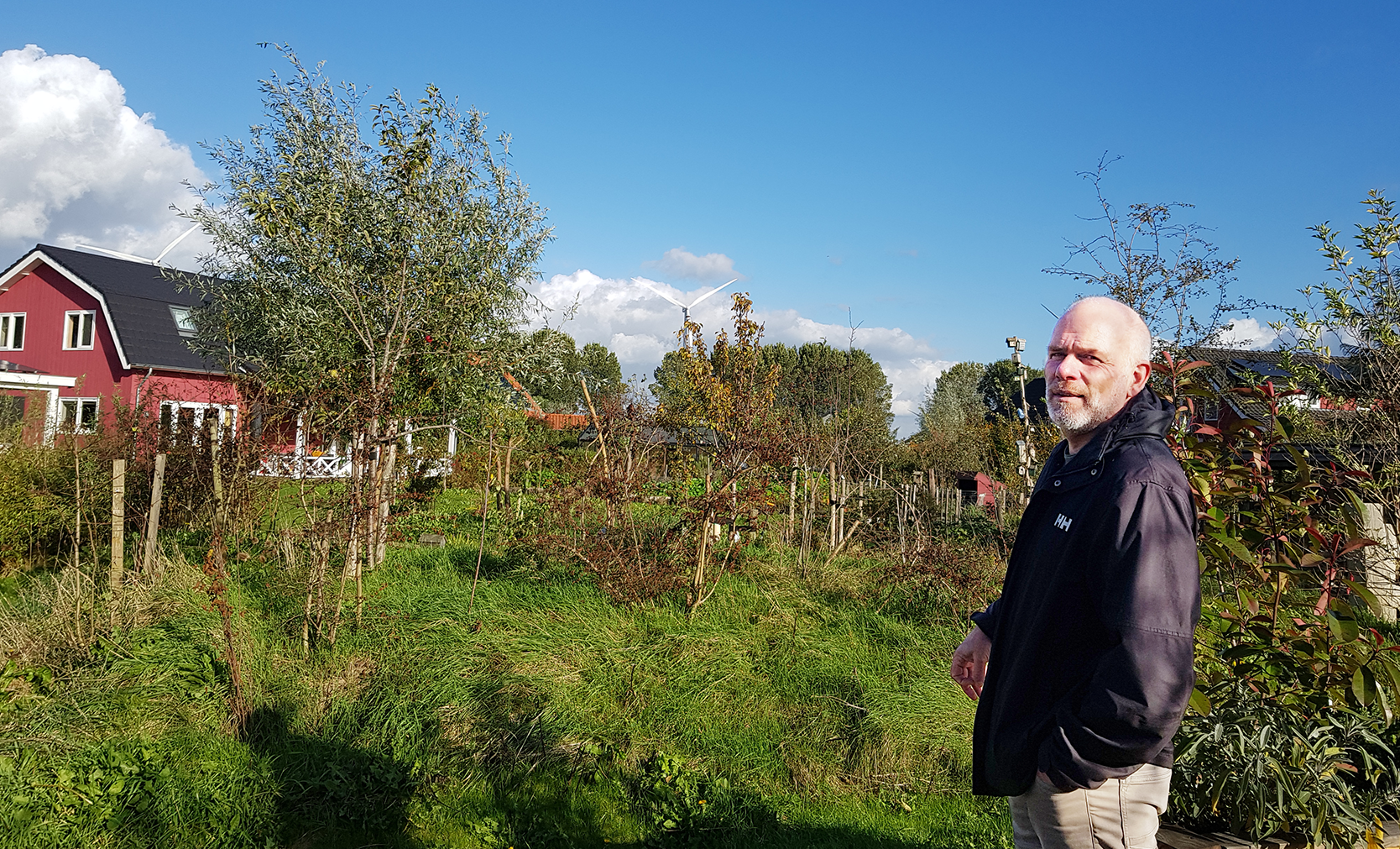An illusion is shattered. Carbon farming does not have the potential to compensate for CO2 emissions that many people are hoping for, says soil biologist Gabriel Moinet. But he hasn’t stopped recommending the methods for storing more carbon in the soil. ‘It’s still important to look after the soil properly.’
Carbon farming is gaining popularity as a method of capturing CO2 from the atmosphere in the soil, as forests can do above the ground. And just as companies can compensate for their CO2 emissions by planting trees, they can also do so by buying certificates with which farmers can then invest in a farming system that sequesters more CO2. But according to soil biologist Gabriel Moinet, this method is much less promising than many people imagine. He and his colleagues recently published an article about this in Global Change Biology.
First of all, how do you capture carbon in the soil?
‘Carbon in the soil is found in both living and dead organic matter. Plants use CO2 for photosynthesis: they grow, and form roots and residues in the soil, which is food for the soil life. It’s all rich in carbon, meaning the C atoms from that CO2. The plants die off and become in turn food for more soil life. That’s how you capture carbon, and particles are also released as CO2 through the breakdown of plants and soil life, thus closing the cycle.
Methods of increasing carbon sequestration in the soil include adding manure or growing crops on your fields in winter as well as summer. You can reduce carbon runoff with techniques that are often used in agro-ecology, like farming crops without ploughing.’
But this won’t work for compensating for emissions, you say.
‘The carbon in the soil always finds a certain equilibrium. It enters the soil and leaves it again through breakdown processes. And if more goes in, there’s more to break down. You are always reaching a new equilibrium. In a carbon-poor environment, the gains when you first start storing carbon can be very big, but that extra sequestration soon slows down once a new equilibrium has been reached. The potential is much smaller than many people imagine. And it is only a fraction of global emissions.’
Where does that misunderstanding come from?
‘I think it’s because estimates of how much carbon a soil can store don’t take into account those limits created by a new equilibrium. And researchers also thought that more carbon in the soil always increased crop yields, because as matter containing carbon is broken down, nutrients are released that plants need for their growth.
I think the idea of carbon farming is mainly an opportunity for big companies to carry on with their emissions
But it turns out that is not necessarily the case. There are severely exhausted agricultural soils in Africa, for example, which only contain half a per cent of carbon. If you can increase that to one and a half per cent, you’ll see an increase in the yield from a field. The ultimate win-win situation. But there are lots of examples where it doesn’t work like that.’
Such as?
‘Sometimes the yield from a plot of land goes down, temporarily at least, if you add carbon. It can take years before that added carbon results in better soils and yields. And then there’s another tricky issue: climate justice. Can you ask an African farmer who only grows enough for household needs, and who has done very little to cause climate change, to accept lower yields for a few years for the sake of carbon storage? He can get a better harvest much faster by applying artificial fertilizer.’
Are scientists beginning to realize that carbon farming doesn’t work well enough?
‘It varies. People often react as though they understand, but sometimes they still want to carry on trying to get paid carbon farming off the ground. I think the idea of carbon farming mainly gives big companies an opportunity to carry on with their emissions. It’s a telling sign that Shell is one of the biggest buyers of carbon farming certificates. The challenge of keeping climate change within limits is enormous. That increases the pressure to seize every possibility there is. Every carbon atom counts.’
And if you convert agricultural land into natural systems? Are there opportunities there?
‘Sadly, no. Systems like tropical rain forests actually have relatively little carbon in the soils, because it is converted into new plants so quickly. There are systems with a lot of carbon in the soil, but they can’t cope with much more carbon: an equilibrium has already been reached. Maybe former peat bogs could store relatively large amounts of carbon if you return them to their natural state. But even there, although there are benefits for biodiversity, the benefits for the climate are relatively meagre.’
Is this bad news for agro-ecological farming too?
‘Certainly not. The methods that are good for carbon sequestration will always be very important for soil management. It’s just that maximum carbon sequestration shouldn’t be the goal. There are other issues concerning the soil, like emissions of nitrous oxide, another greenhouse gas, biodiversity, and water retention capacity.
What is more, tipping points are still a danger. It could be that as temperatures rise, soils and ecosystems suddenly start emitting more CO2. Our knowledge about the resilience of soils is still inadequate.’

 ‘In a carbon-poor soil, the gains when you first start storing carbon can be very big, but that extra sequestration soon slows down once a new equilibrium has been reached. The potential is much smaller than many people imagine.’
Photo Shutterstock
‘In a carbon-poor soil, the gains when you first start storing carbon can be very big, but that extra sequestration soon slows down once a new equilibrium has been reached. The potential is much smaller than many people imagine.’
Photo Shutterstock


